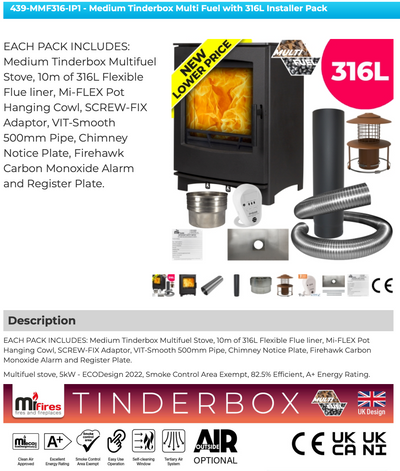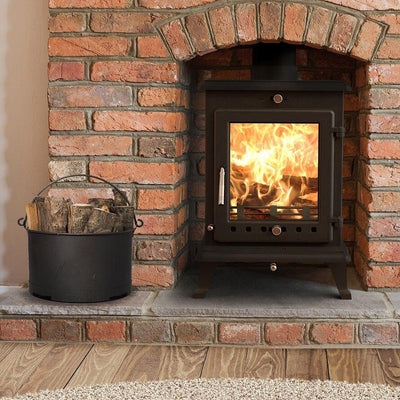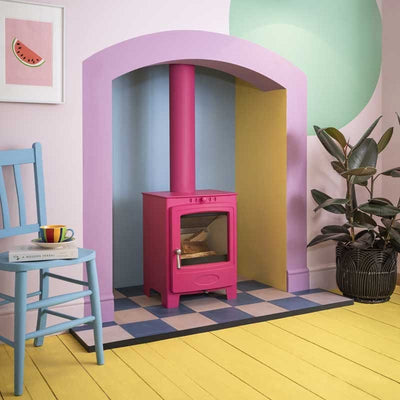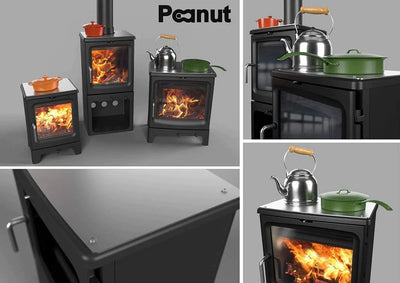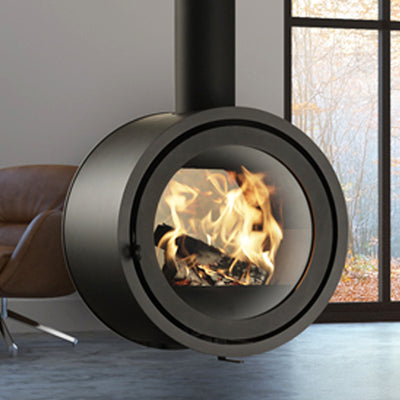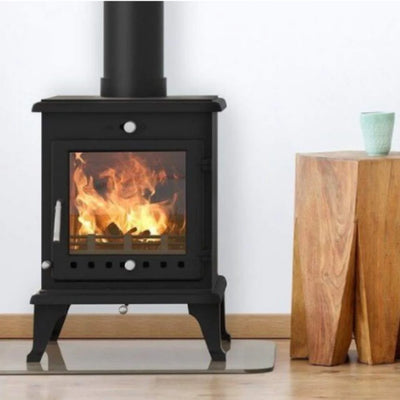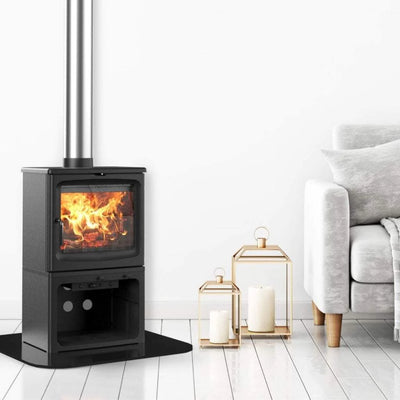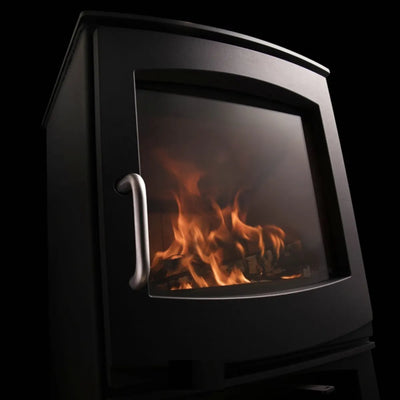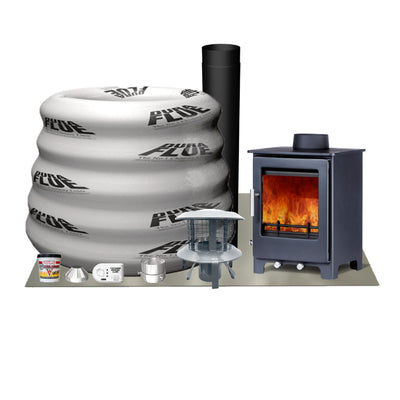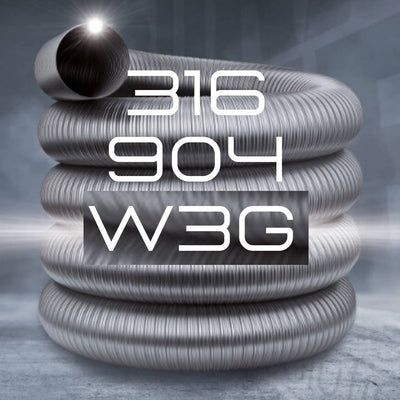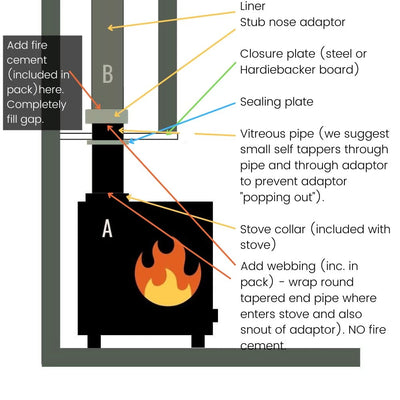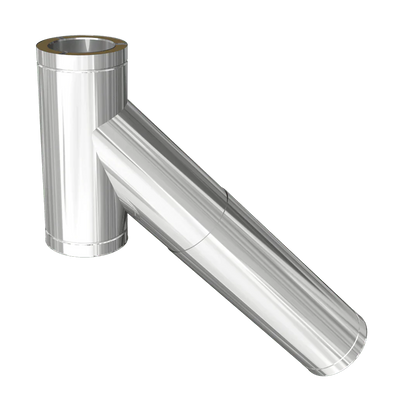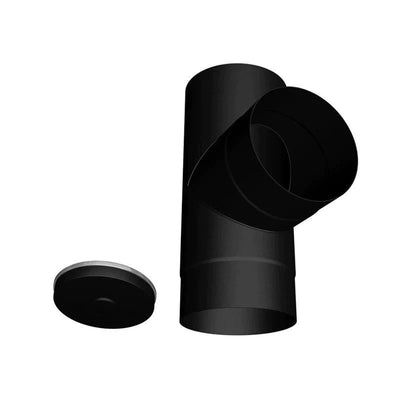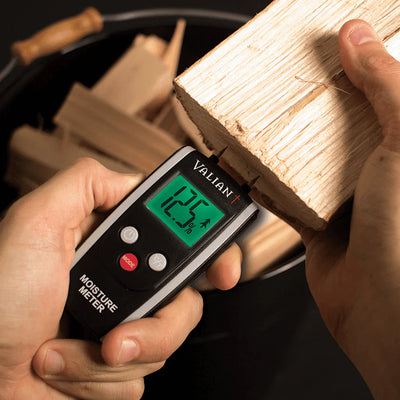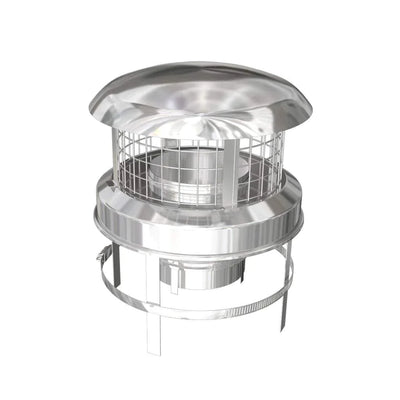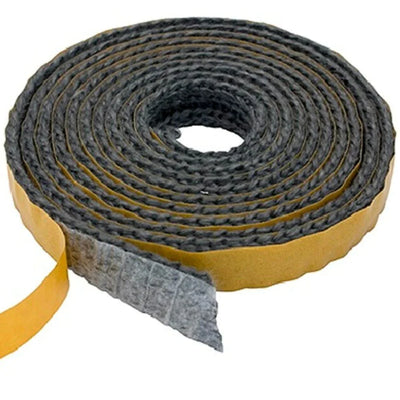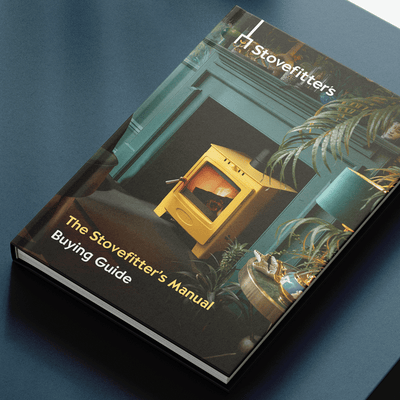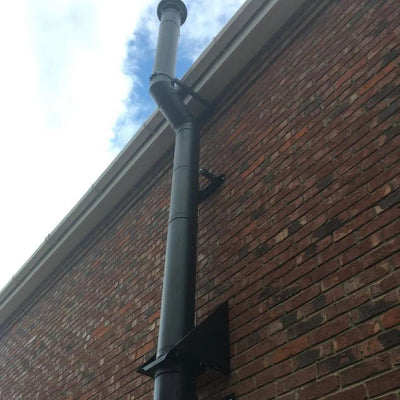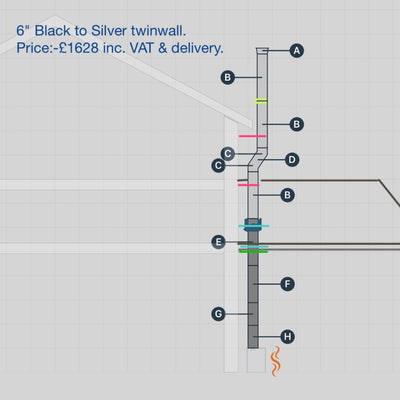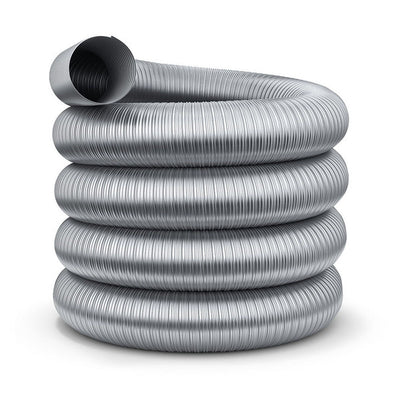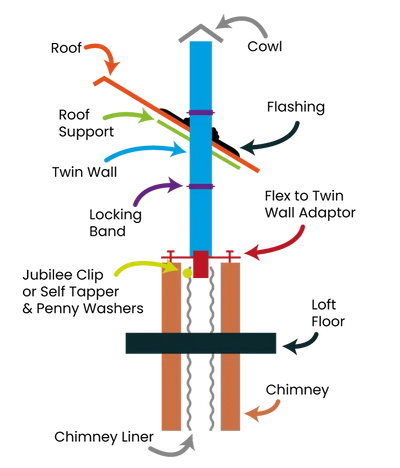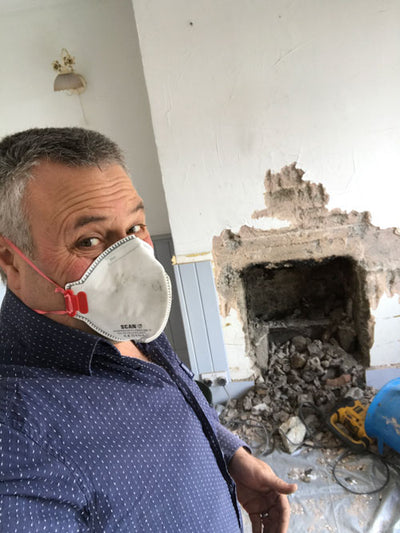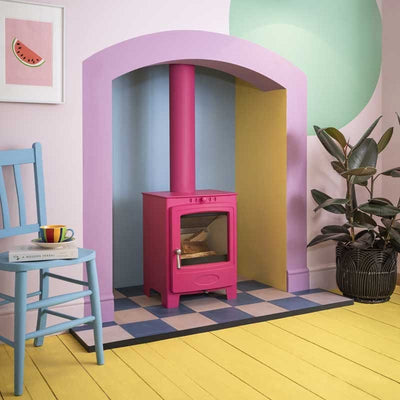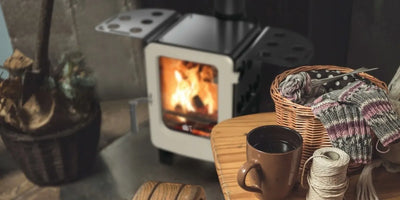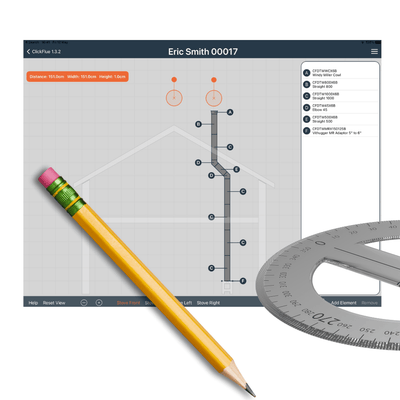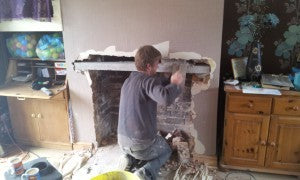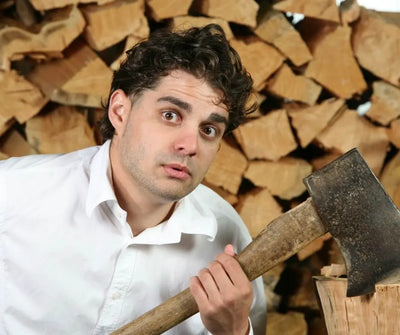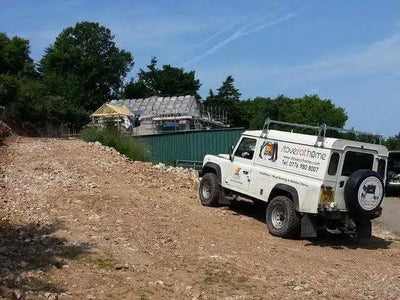Smoke testing your stove
5 mins
Smoke testing your stove

There are three types of smoke test we are concerned with and these are detailed below:
1. Chimney integrity test for checking the integrity of a chimney (usually for when a stainless steel liner is not being fitted). Known in Building Regs as a Smoke Test 1.
2. Appliance air leakage test (tests to ensure smoke does not leave the stove via door seals etc.)
3. Appliance connected to chimney draw test that checks the draw of the chimney following installation of an appliance.
Chimney integrity test or “smoke test one” (sometimes referred to as a smoke pressure test)
The test is used to check that a chimney is sound, has integrity. This test is a MUST if you are not fitting a stainless steel liner. Even if you are fitting a liner it is a test that you may wish to do. Why? Well if you are planning on pouring insulation around your liner (we do not usually recommend this course of action but it does happen) and if the chimney has holes then the insulation may escape (into next doors chimney has been known – filling their lovely lounge with soot and Vermiculite granules). It is also good to know if your chimney is sound – with or without a liner.
Two people are required to properly perform an integrity check. The test involves sealing off the fireplace (I often used sheets of wood or Hardiebacker taped over the fireplace leaving a quickly-sealable gap for adding smoke pellets and blowtorch). The flue is warmed with a blow torch to start the draw. A large volume of smoke is added to the flue using one or more smoke pellets. When the smoke is seen exiting the pot (by the assistant who is up top) then the pot is sealed by the assistant (bin liner and tape works well). The smoke should be trapped within the chimney for at least five minutes.
Then the inside of the house, the chimney stack and eaves of the house AND THE SAME FOR NEXT DOOR IF IT IS A SEMI DETACHED OR TERRACE can be inspected to check smoke is not escaping from the flue. Everywhere needs to be checked for smoke – including the loft. Once the test is complete the seal at the pot is removed to see if the smoke has indeed been secured and trapped within the chimney – smoke billowing from the chimney is a good sign that it stayed within the chimney. Please read Building Regulations for the full detailed test: Building regs Doc J E13 and E14.
If smoke does escape during the test then repairs to the chimney must be made if the chimney is not being lined.
Note: It is unfortunately the case that many people’s method of smoke testing a chimney for integrity is more basic: light a smoke pellet in the fireplace and see if the smoke exits the pot and if it does all is well. This test is called Smoke test 2 and is mentioned in Building Regs Doc J E15 and E16; it is only used for testing when a gas appliance is to be fitted and NOT solid fuel.
Appliance air leakage test
The following test should be applied to a new stove installation prior to use.
Assumes that there is NO extraction fan in the room that can be switched on at any time as this can cause smoke to be pulled from the wood burner and into the room. If you have an extractor fan you need to seek advice from a Hetas engineer or Building Control (or make the fan inoperable for the period the appliance is installed).
Stove should not be alight.
Warm flue with blow torch or similar (for a few minutes).
Add smoke pellet to inside of stove and close stove doors. Stove air inlet controls should be closed.
For 30 seconds watch the smoke. It should all remain in the appliance or whoosh off up the chimney and out the pot with NONE entering the room.
If smoke enters the room check rope seals or seal leaking joints with fire cement.
Appliance connected to chimney draw test
The following test should be applied to a new stove installation prior to use.
Note that this is a test to check the draw of the chimney. It is NOT a test to check the integrity of an appliance or chimney.
Assumes that there is NO extraction fan in the room that can be switched on at any time as this can cause smoke to be pulled from the wood burner and into the room. If you have an extractor fan you need to seek advice from a Hetas engineer or Building Control (or make the fan inoperable for the period the appliance is installed).
Stove should not be alight.
Warm flue with blow torch or similar (for a few minutes).
Close all doors and windows in room.
Add smoke pellet to inside of stove and close stove doors (if stove is designed to be used with stove doors open then leave the doors open). Stove air inlet controls should be open.
For 30 seconds watch the smoke. It should all remain in the appliance (or whoosh of up the chimney) with NONE entering the room.
Open a window and see if the smoke speeds up or is drawn faster into the chimney. If it does speed up then there is not enough ventilation within the room. Close the appliance down until further ventilation (air vent size increase) can be added.
Go outside and check smoke is coming out of the top of the chimney flue. If it is coming out of anywhere else then this is a fail. Close the appliance down and investigate.
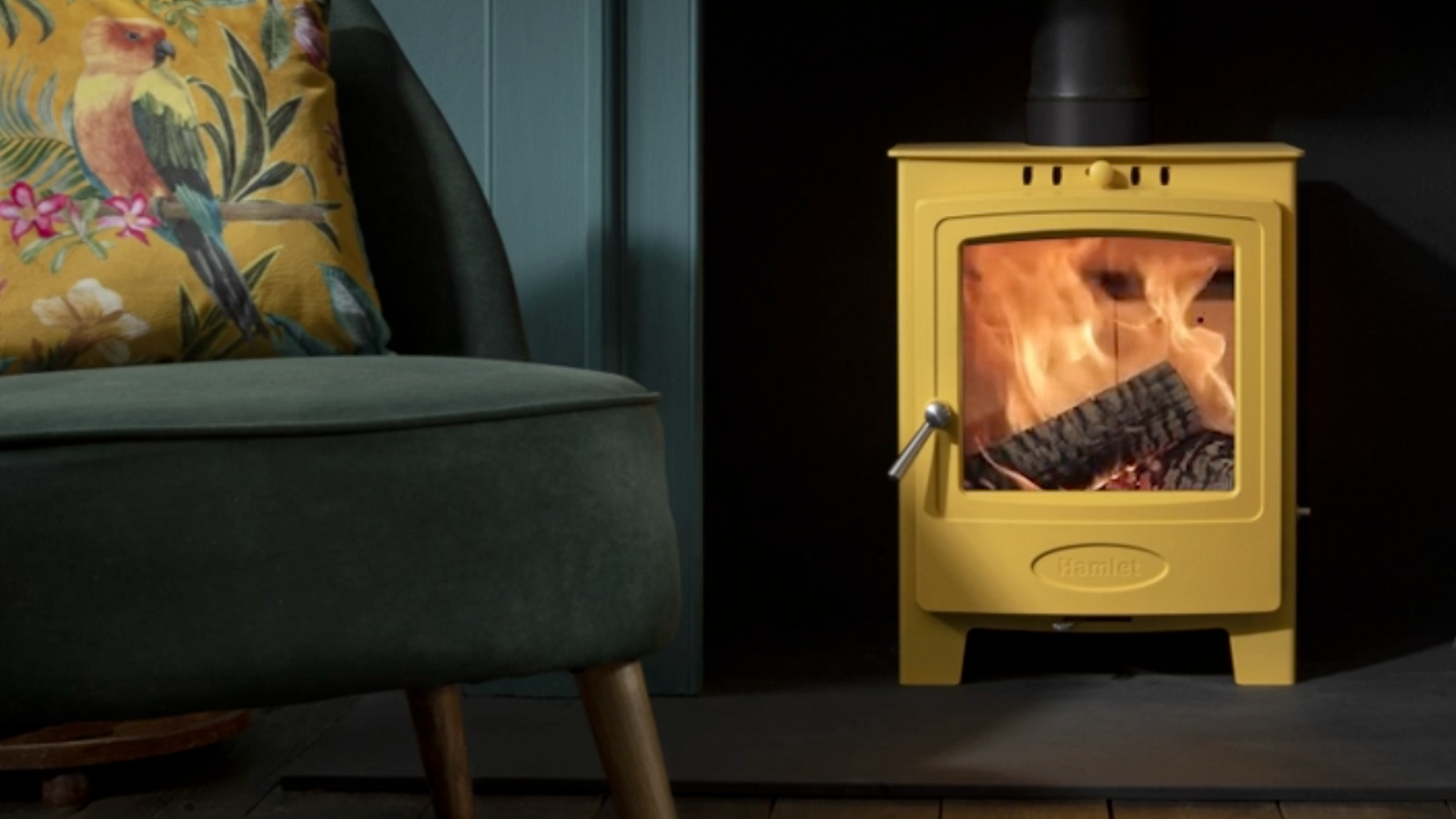
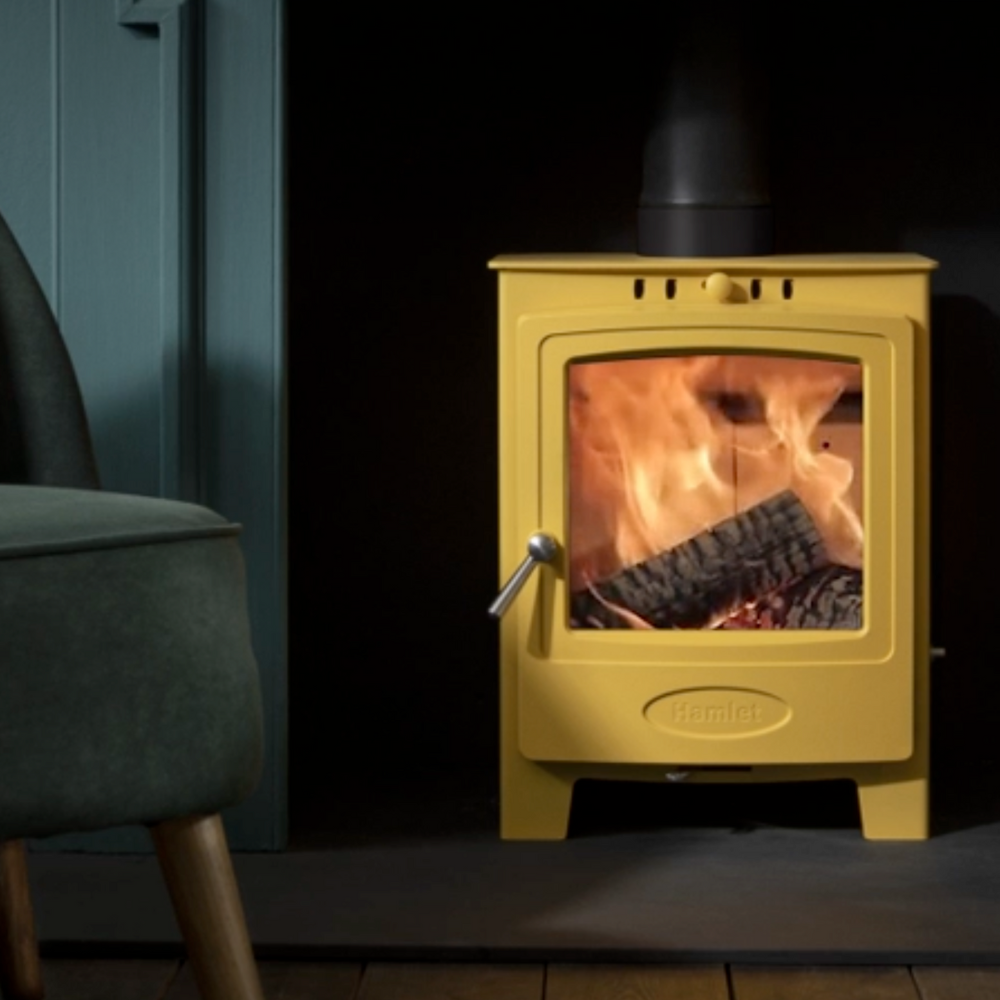
How to choose chimney liner & how much to buy


Installing a stove in a fireplace - what do I need?
FAQs
See all FAQsCosts correct as of April 2023:
Approx. costs if you have a chimney and fireplace ready to use: £750-£1,000 (save £500 by self-installing).
Approx. costs if you have a chimney but need the fireplace "opening up": £1,600-£2,200 (save £1200 by self-installing).
Approx. costs if you do not have a chimney and need a clip-together flue: Shed £475-£700. Bungalow £1500. 2-storey house £2500. Save £1,000-£1400 by self-installing.
Above figures include labour and materials but no appliance.
We, of course, advise you to purchase your stove and materials from Stovefitter's to ensure quality goods are installed (some installers use budget materials to increase margin). If you buy your stove from us (rather than your local small shop or installer) we have a lot more power when approaching manufacturer's with a warranty issue. Why is that? Because we buy many hundreds of stoves a year from these brands.
We do not fit stoves.
But we know a few who do!
Google: Hetas installers
Hetas are the trade body of registered UK installers.
Most installations will require that you slide a chimney liner down your chimney (flexible metal tube 5" or 6" in diameter). Do you have a narrow chimney and want to lessen the risk that a liner might not go down your chimney? Then make sure your chosen stove can use a 5" liner.
Must I line my chimney? Best read this article but most likely the answer is yes. Do I have to fit a chimney liner?
DEFRA-Exempt wood burning stoves with a 5″ collar can usually be fitted to a five inch liner rather than the usual 6″ minimum, making the installer's job much less stressful.
ALL OF THE 5KW STOVES WE SELL CAN BE FITTED TO A 5" CHIMNEY LINER.
I seriously suggest any self installer fits a 5" liner unless they know their chimney is large enough for a 6"!
What is the best chimney liner? Silvacore 904 (we sell it so of course we will say that ;-). What is the best chimney liner?
Useful links
Will your stove require an air vent within the room (some stone walls are very difficult to drill)?
5kW or under and wood burning stoves often do not require an air vent (new builds always require an air vent).
Useful links
What is the maximum output in kW of your "5kW" wood burning stove? The majority of manufacturers just specify the “nominal output” and this figure means very little in real life. The nominal is a figure the manufacturer chooses to sell the stove at - the stove is capable of reaching at least this output with one fuel load. Nominal means "capable of". But it is not the maximum.
Check out the size of the area where the logs will go (firebox size) as this varies enormously. The kW output is completely dependant on the amount of logs burning at any one time - more logs burning equals more heat. If you can fit three logs in stove A and just two logs in stove B then stove A will be capable of throwing out 33% more heat.
DO NOT TRUST MANUFACTURERS’ kW RATINGS as manufacturers specify what output they desire to sell the stove at and testing allows for much “playing with the figures”. This is why you can get very small 5kW stoves (e.g. Aga Little Wenlock) and very large 5kW stoves (e.g. DG Ivar 5 by Dik Geurts which is actually rated 5kW but has a MUCH larger firebox than the Ekol Crystal 5 by Ekol Stoves). A Crystal 5k might get to 5kW and not be capable of any higher whilst a DG Ivar, despite being rated at 5kW, can get to 8kW with a full fuel load.
Note that, over time, one might damage the internal firebricks of a stove by running at a higher load than the manufacturer's suggest. Firebricks are easily replaceable.
Useful links
Will your wood burning stove fit in your recess WITH the required air gaps around it? This is obviously not an issue if your stove will be freestanding.
Air gaps to non-combustible materials (brick, stone etc.) are usually "as close as you like" legally but manufacturers will sometimes specify a recommendation. This recommendation is there to allow heat to escape from the recess into the room - so you get the heat benefit rather than the heat soaking into the building structure and being lost. If no gap to non-combustibles recommended then we suggest 50-100mm air gap left and right of stove, 50mm behind and 100mm above.
Are you in a Smoke Control Area (usually built up areas)?
Choose your stove accordingly.
A stove must be DEFRA-Approved if you wish to burn wood in a smoke control area.
ALL OF THE STOVES WE SELL ARE DEFRA APPROVED FOR SMOKE CONTROL AREAS.
In simple terms if a stove has an efficiency rating of 70% then 30% of the heat from your logs goes up the chimney.
If a stove has an efficiency rating of 90% then only 10% goes up the chimney.
So think of this in terms of how many logs you have to chop/buy.
Example: A Saltfire Peanut 5 by Saltfire Stoves in Dorset has an efficiciency of 80%.
A tall chimney (6m or more) that is lined will be happy with an efficient stove.
Efficiency importance can be said to be overrated and anything between 75% and 85% is fine. Go much higher and performance can actually suffer (smoke in room when opening door to reload, blackening of glass).
Many modern stoves can go on 12mm thick hearths. Others require full, 5″ thick constructional hearths. All of the stoves we sell state whether or not a 12mm hearth is suitable.More about hearths for wood stoves here.
Helpful links
Can you can talk to somebody on the phone should you need to after the wood burning stove has been delivered, especially if you are self installing? Will the staff at “wesellzillionsofstoves.com” be able to assist with any installation issues? What if there are any problems after install?
Do yourself a favour before ordering stoves or materials on the Internet: Go to Trustpilot and type in the company name before you buy. Some companies advertising at the top of search engines are not good news - check for yourself.
When striving to find thebest 5kW wood burning stovesyou will likely be bewildered by the choice. There are many to choose from. The question I get asked most in our shop is “why should I pay <£1,000> for this one when this other one is just <£500>?”. Here is the very simple answer:the cheaper wood stoves are made in Chinaor Eastern Europe whilst the more expensive are made in Western Europe (or sometimes the USA). Here are a few examples where a more expensive stove might excel over a cheaper stove:
- Aesthetics (more time spent on design)
- Hinges (sometimes hidden on more expensive stoves)
- Better quality glass
- Thicker steel (longer life)
- Improved door locking mechanisms
- Longer warranty
- Improved controllabilty of flame due to more resource invested on design of air flow within stove
- Brushed steel fittings instead of cheapy chrome look
Open and close the door on a cheap Chinese stove. Then open and close the door on a DG stove, Arada stoves, Woodford stoves, Hamlet stoves or Saltfire stoves. You’ll understand the difference.
Stove pricing reminds me of wine pricing. A £20 bottle of wine is not double the quality of a £10 bottle of wine (the drinking experience might be improved by 20% as an example). We are talking “the law of diminishing returns here. They are all “fire in a metal box” at the end of the day.
Yes. However, there are specific regulations and restrictions in place to address air pollution concerns, particularly in areas designated as Smoke Control Areas. In these areas, only approved "smokeless" fuels or exempt appliances, such as Defra-approved wood-burning stoves, can be used. These stoves are designed to burn wood more efficiently and produce fewer emissions.
All the stoves we sell are DEFRA approved and Eco-design approved and suitable for all areas of the UK.
Terminology
View all TerminologyA stainless steel tube, slides down a brick/stone chimney to provide a smooth and safe route for smoke.
All of our stoves are approved by DEFRA to burn wood in all UK locations including Smoke Control Areas (towns and cities). Not all stoves are, so be careful if buying elsewhere.
All of our stoves are ECODESIGN approved to be sold in the UK. Not all stoves are, so be careful if buying elsewhere. ECODESIGN is mandatory by law since January 2022.
The base your stove sits on.
If the chimney is the polo mint then the flue is the hole.
Buying guides
The Stovefitter's Manual
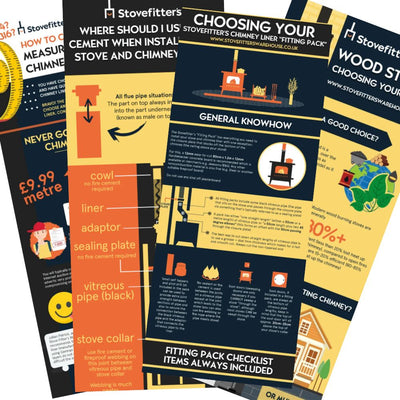
How to choose a wood burning stove for your property (includes infographic)
Infographics

What size wood stove do I need? Don't let manufacturers fool you!
Buying Guides
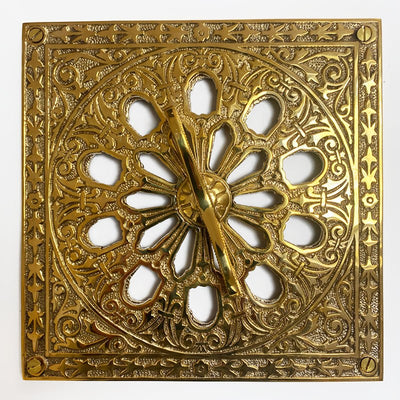
Do I need an air vent for a wood burning stove? If I do not bother?
Buying & DIY

Knowledge Tree: Process of buying and installing a wood burning stove
Buying & DIY
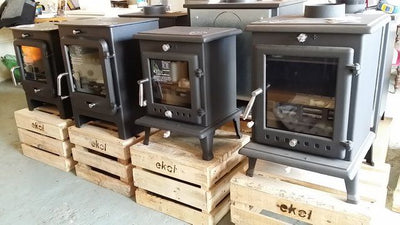
Chinese wood burners – should I buy one or are they all crap?
Buying Guides

What else do I need to buy to install a wood burning stove?
DIY Guides

Infographics for wood burning stove purchase and install
Infographics
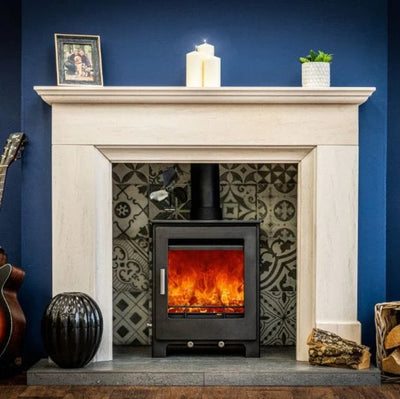
Wood burning or multifuel stove? A stove fitter decides.
Buying Guides
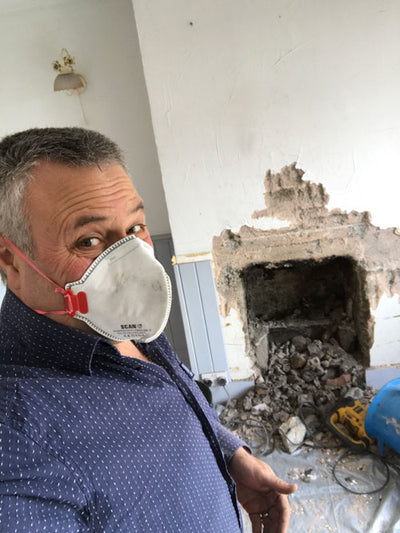
A few words from Julian
Buying & DIY
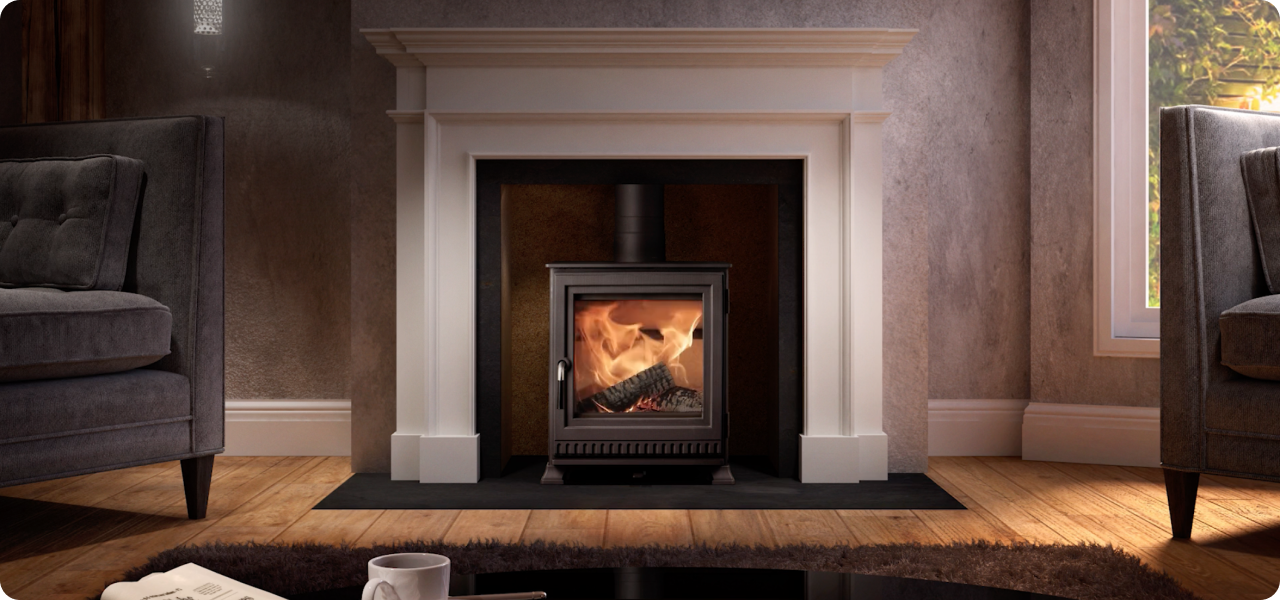
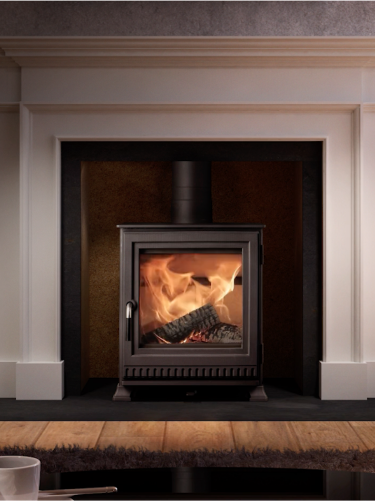
Find my perfect stove
Answer 3 simple questions and we will show you the best Stoves for your space.


